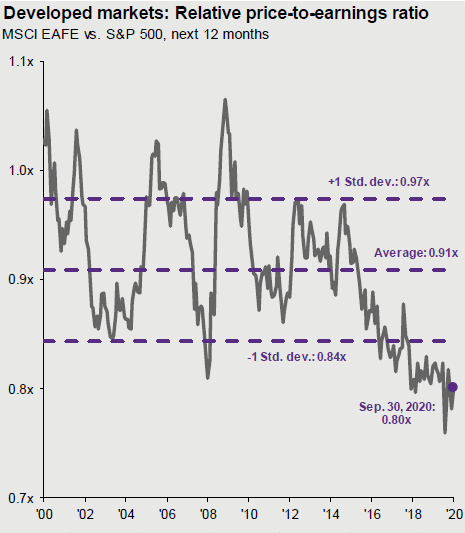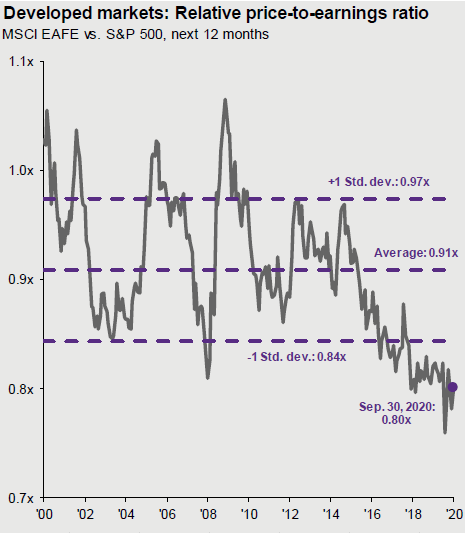2019 First Quarter Review
Q1 ROARS BACK
The last three months saw the market bounce up to a series of bests in the first quarter of 2019 from a series of worsts in Q4 of 2018.
The market rebound in Q1 appears to be due to positive investor sentiment on lowered interest rates and not on improvements in the underlying economic environment.
Good news for Q1:
S&P 500 Index up 13.6%.
Russell 2000 Index (small cap stocks) up 14.6%.
MSCI EAFE Index (international stocks) up 10.1%.
Barclays US Aggregate Bond Index up 2.7%.
Some of the bests:
Best quarterly performance for the S&P 500 since 2009.
Best first quarter for the S&P 500 since 1998.
Best January since 1987.
THE ECONOMY
On the positive side:
- 196,000 new jobs added in March.
- Year-over-year wage gains increased faster than inflation.
- The Purchasing Managers’ Index remains above 50 indicating an expanding economy.
On the negative side:
- U.S. corporate earnings growth expectations continued to decline.
- The Federal Open Market Committee downgraded median GDP estimates to 2.1% for 2019 and 1.9% for 2020.
- Europe and China reported worsening economic data.
- The yield curve inverted, as in the past seven recessions (although not all inverted yield curves lead to a recession).
THE MOST COMMON QUESTION CLIENTS ASKED US OVER THE LAST THREE MONTHS
How long can this market keep going up? Doesn’t it have to correct?
As the longest bull market in history continues, clients wondered when the bear would come out of hibernation.
The U.S. economy, while softening, is not in a hurry to fall into a recession.
Stock prices often decrease because of lower corporate earnings, and earnings can decrease when consumer spending slows. The U.S. economy, while softening, is not in a hurry to fall into a recession. The Federal Reserve may find itself in a Goldilocks scenario; trying to find the “just right” economic balance for an environment that is not so hot as to cause inflation (and needing to raise interest rates) and not so cold as to create a recession.
WHAT THIS MEANS FOR YOUR PORTFOLIO
We don’t know when a downturn will occur and how severe it will be. It’s a good idea to revisit your asset allocation to make sure you are invested in a portfolio that is right for you. The right asset allocation enables you to stay the course when challenging market environments occur and can give you peace of mind that your portfolio can ride out the downturn. Reviewing your asset allocation and preparing for any short-term cash needs can help you maintain the discipline needed for long-term investment success. If you wish to discuss your allocation or any other concerns, please call us.
As always, we appreciate your trust and confidence.
Warmest regards,
Platt Wealth Management
Interest Rates
Short-term rates were higher than long term rates, with the 30-day Treasury higher than the 10-year issue.
The 10-year treasury was at 2.41%, down from 2.68% at the end of the year, meaning higher bond prices for fixed income investors.
Mortgage rates have fallen almost 1% since last October, resulting in rising new home sales in January and February.
OUR CONTACT INFORMATION
3838 Camino del Rio North
Suite 365
San Diego, CA 92108
619.255.9554




